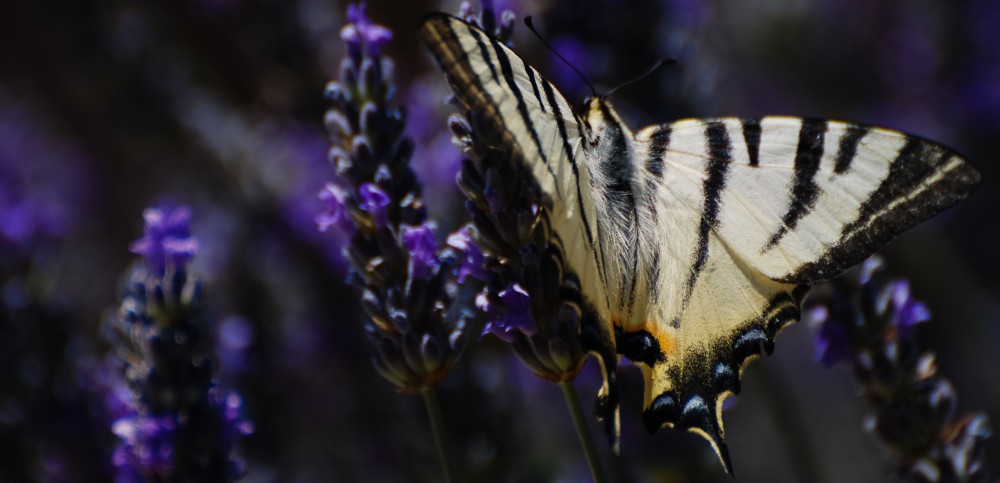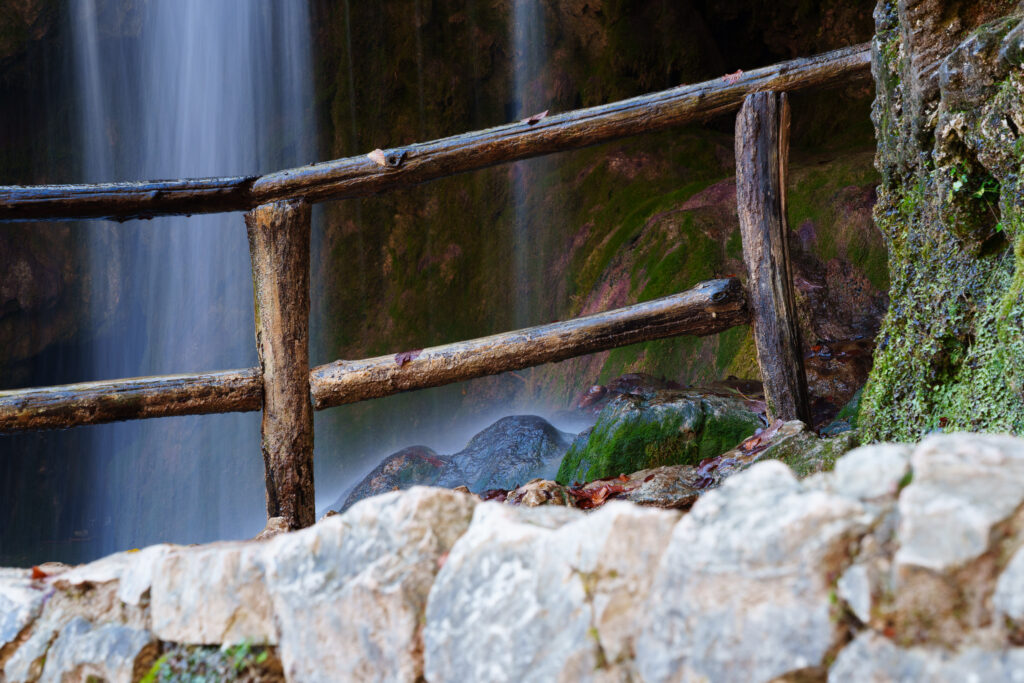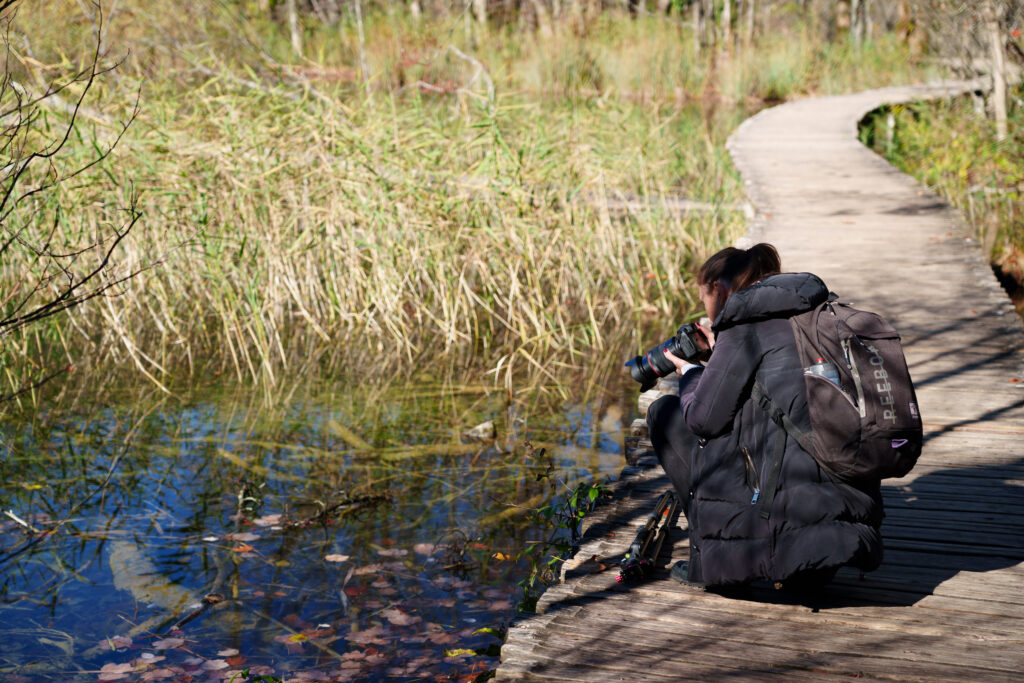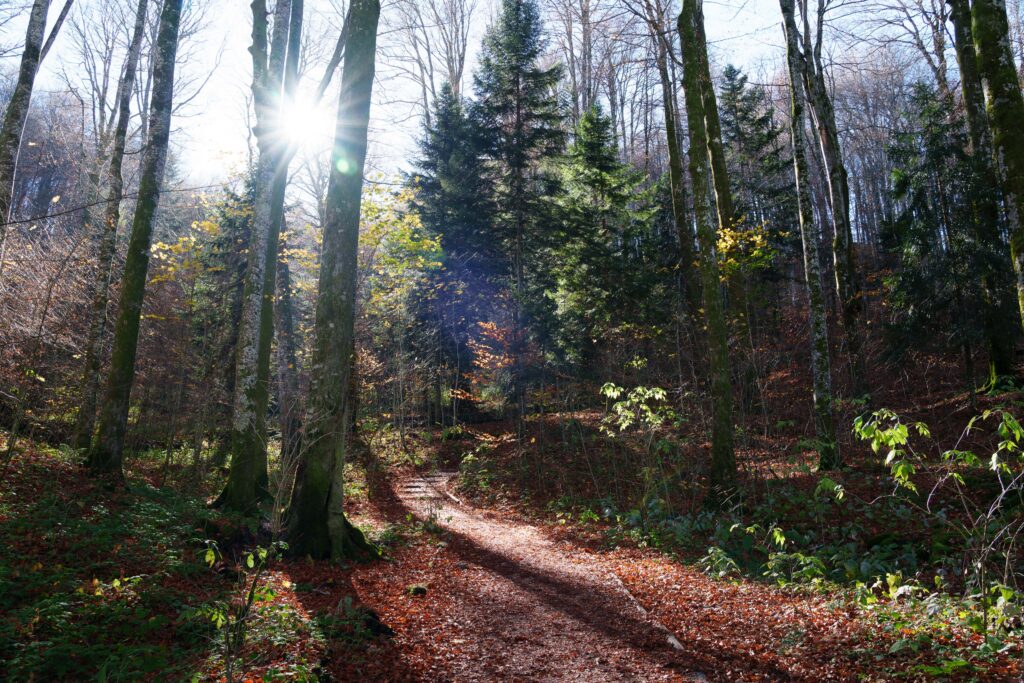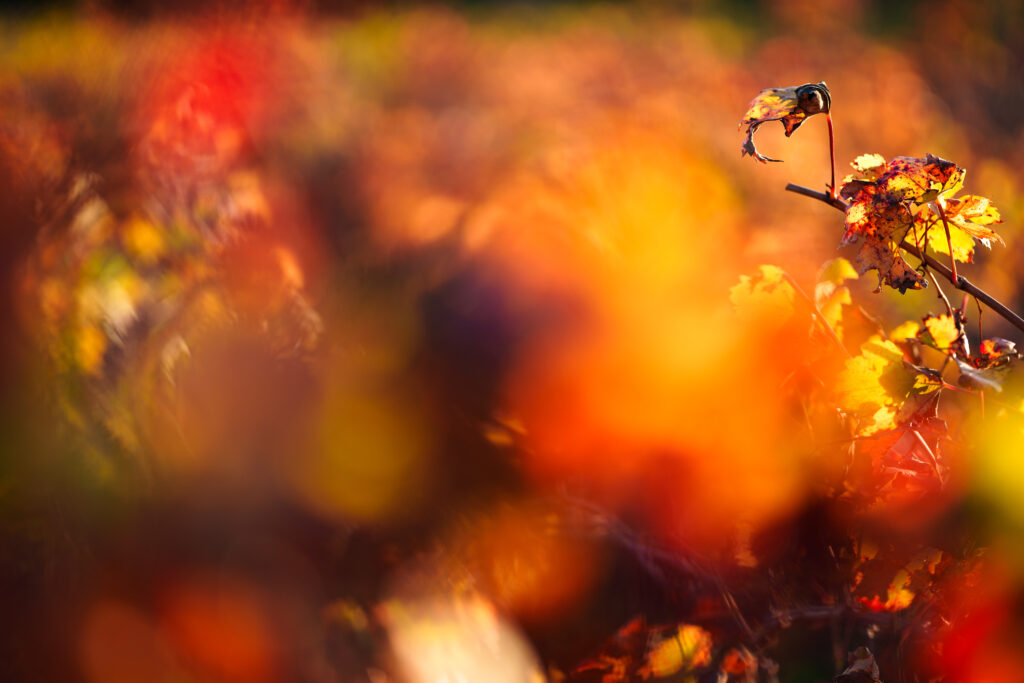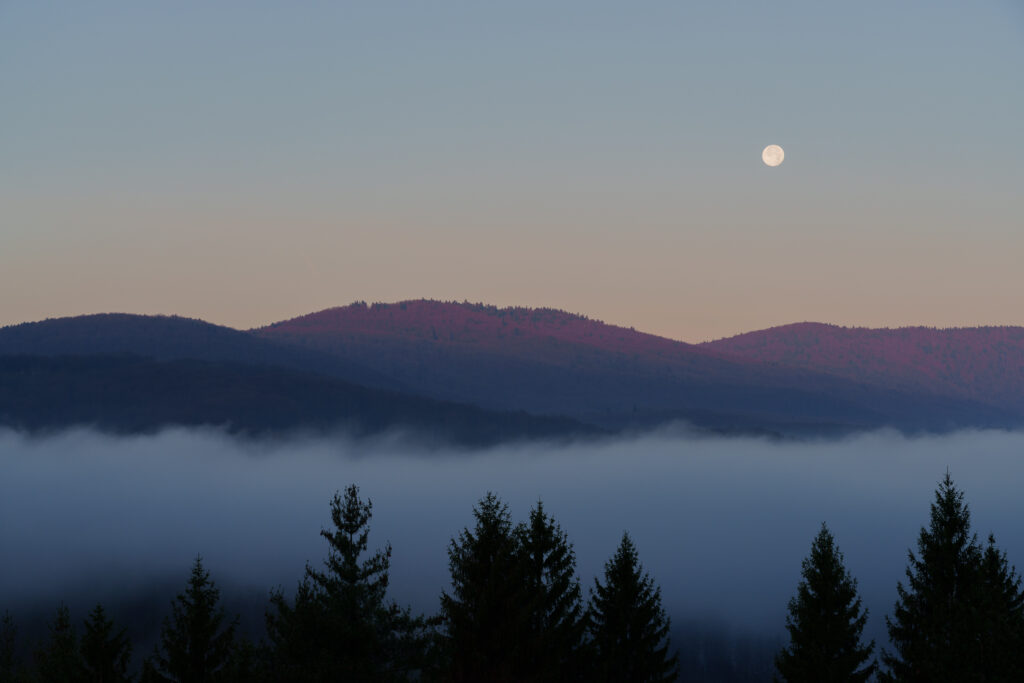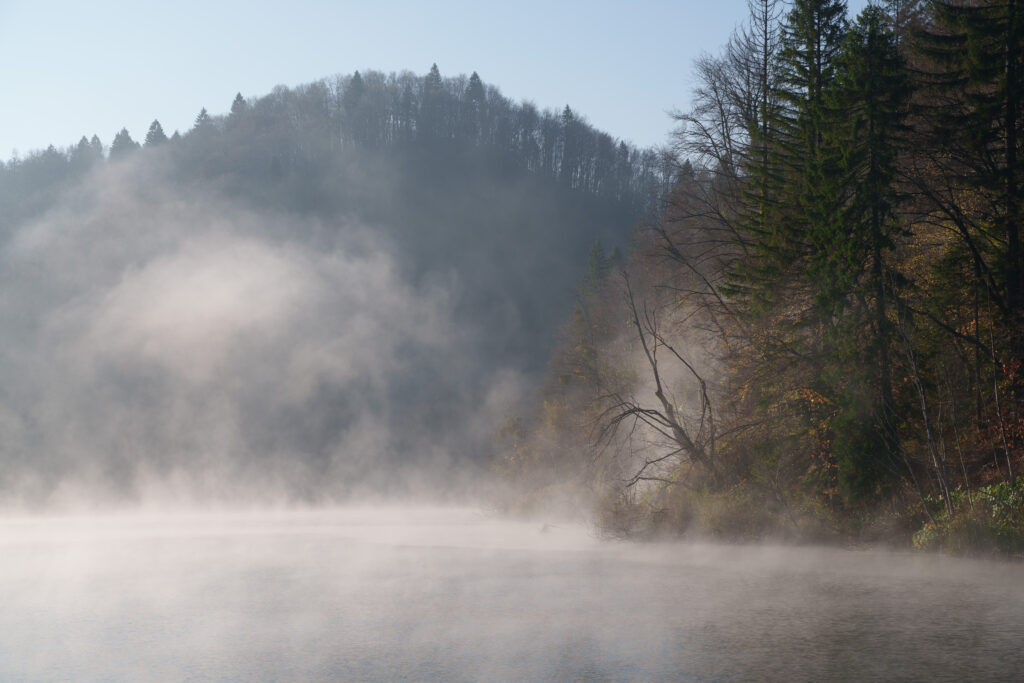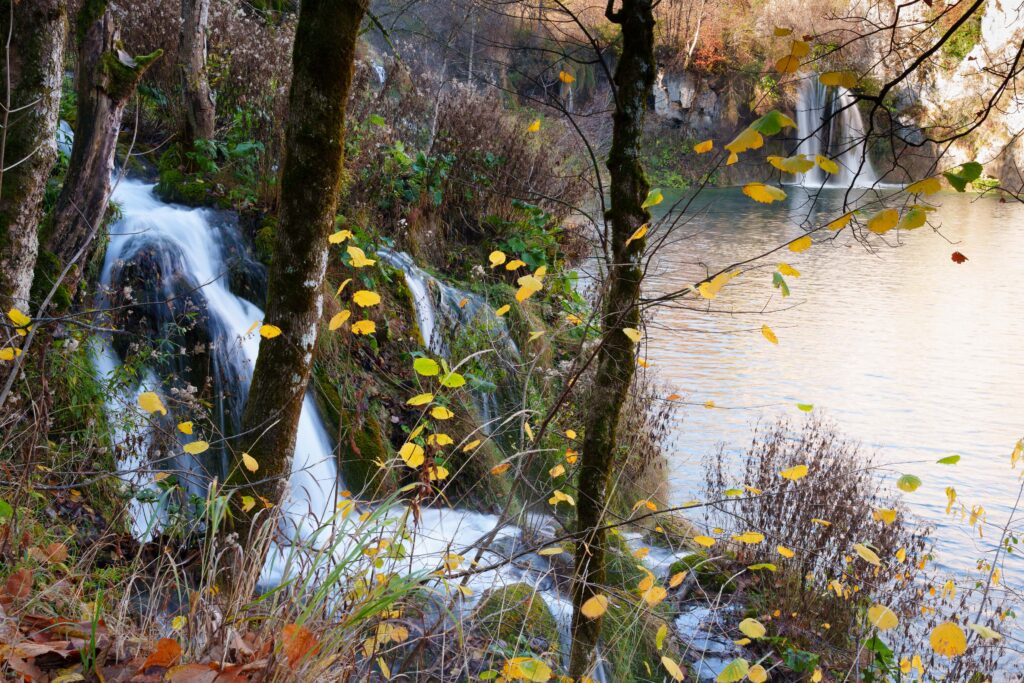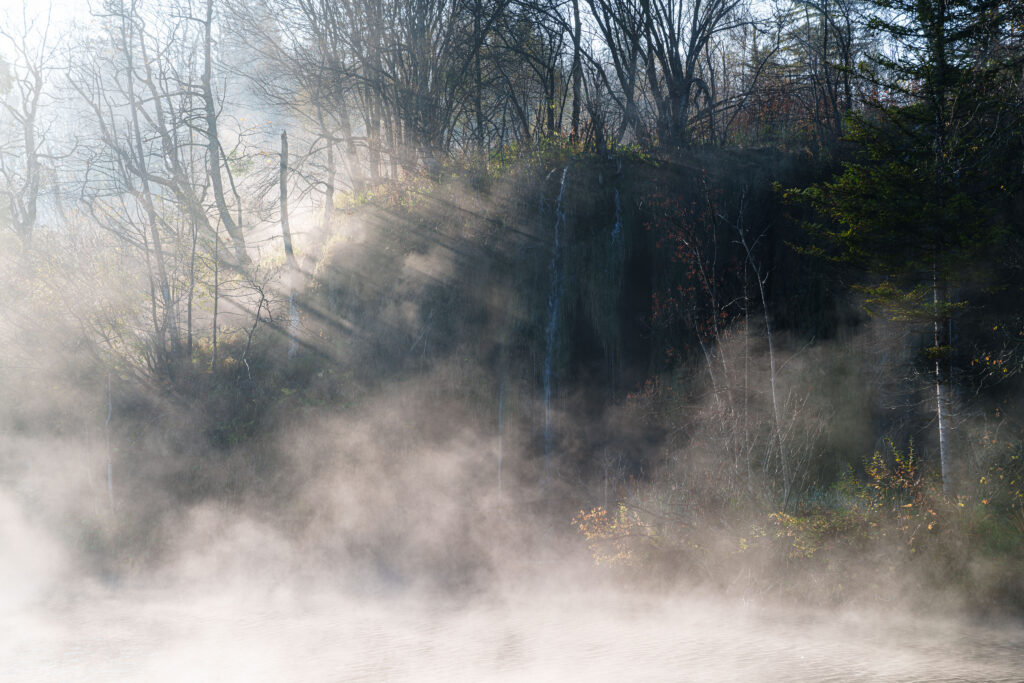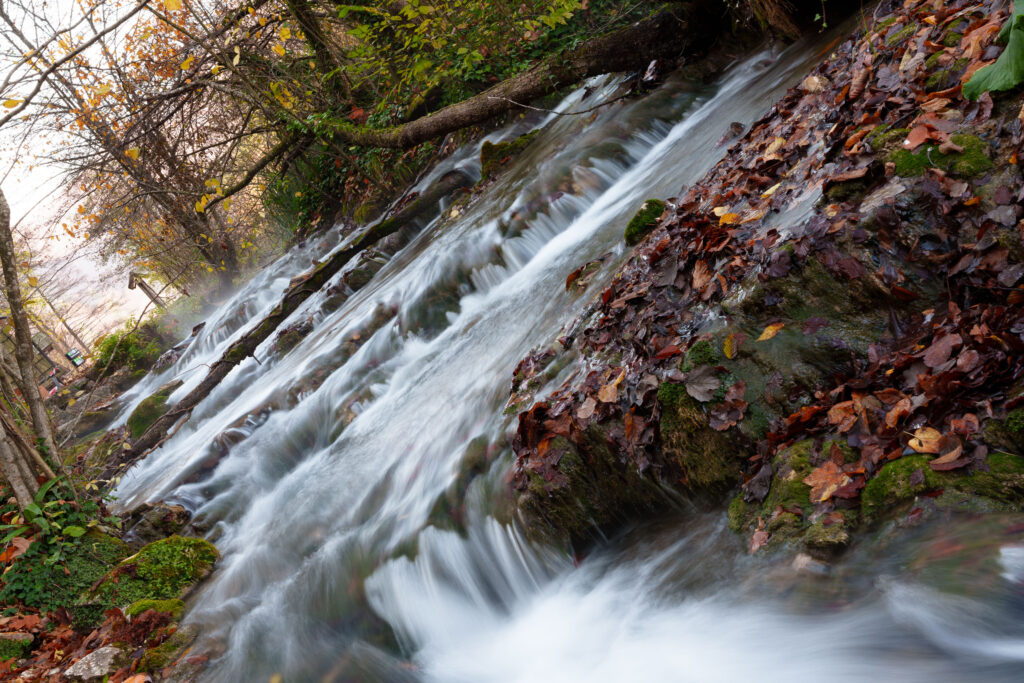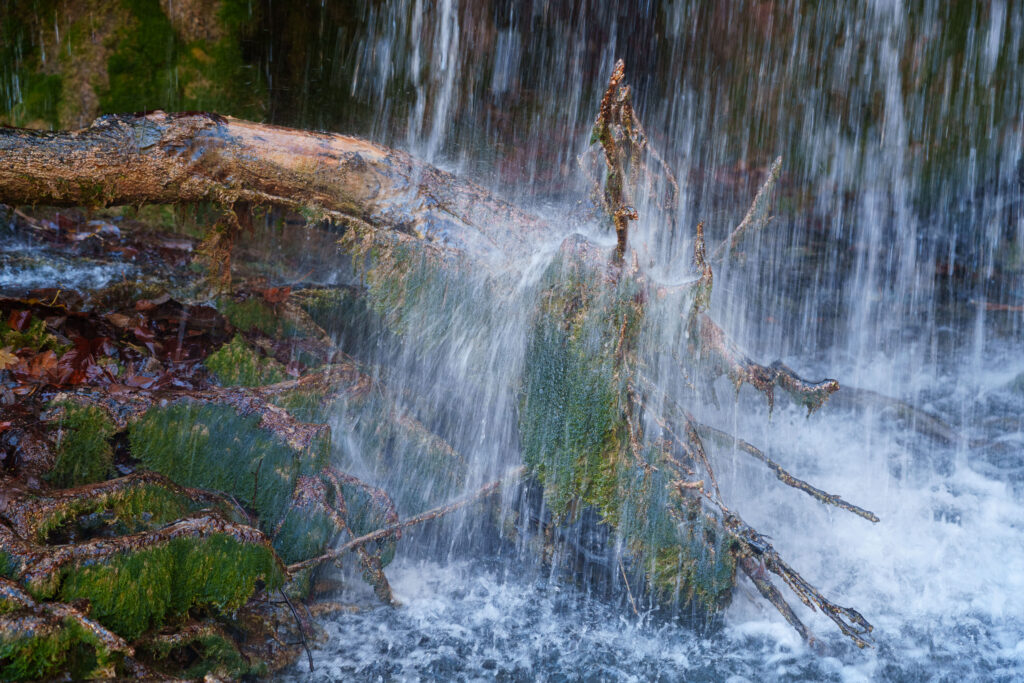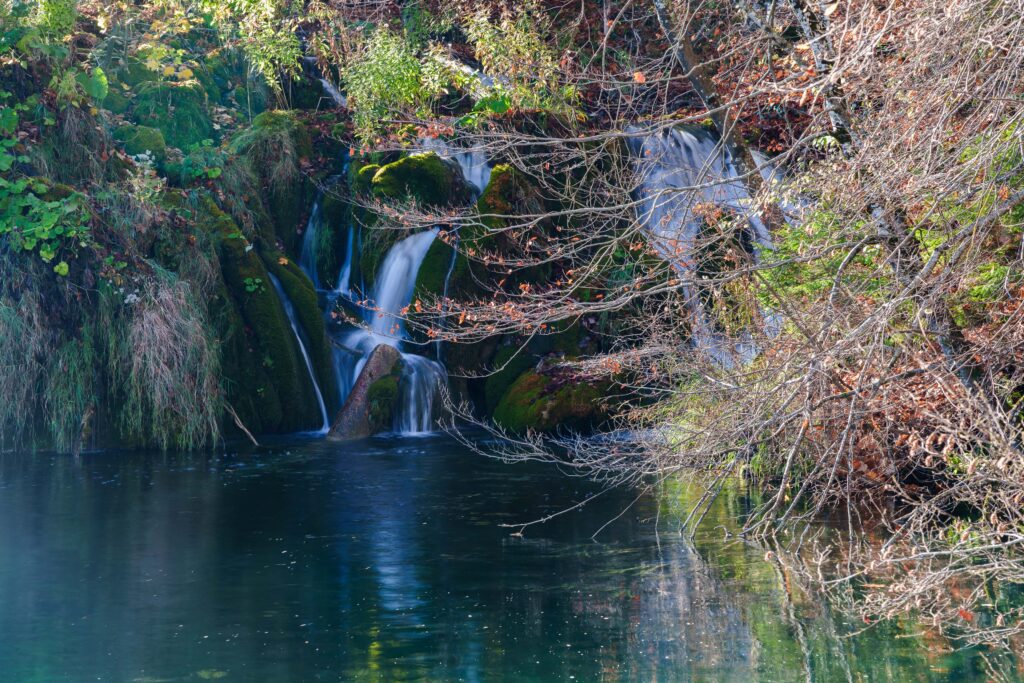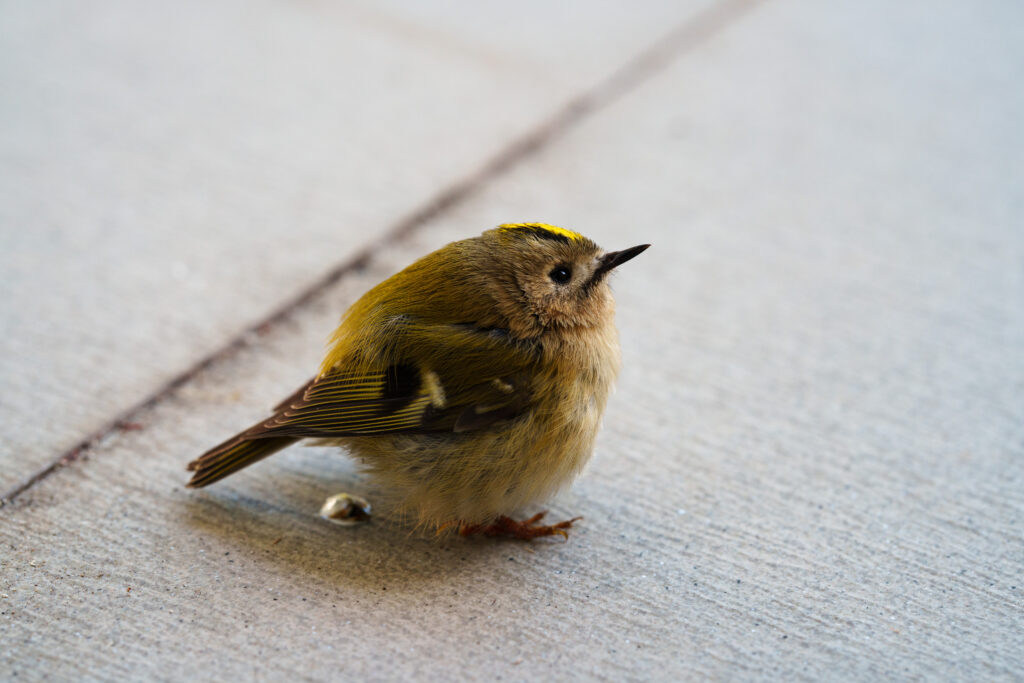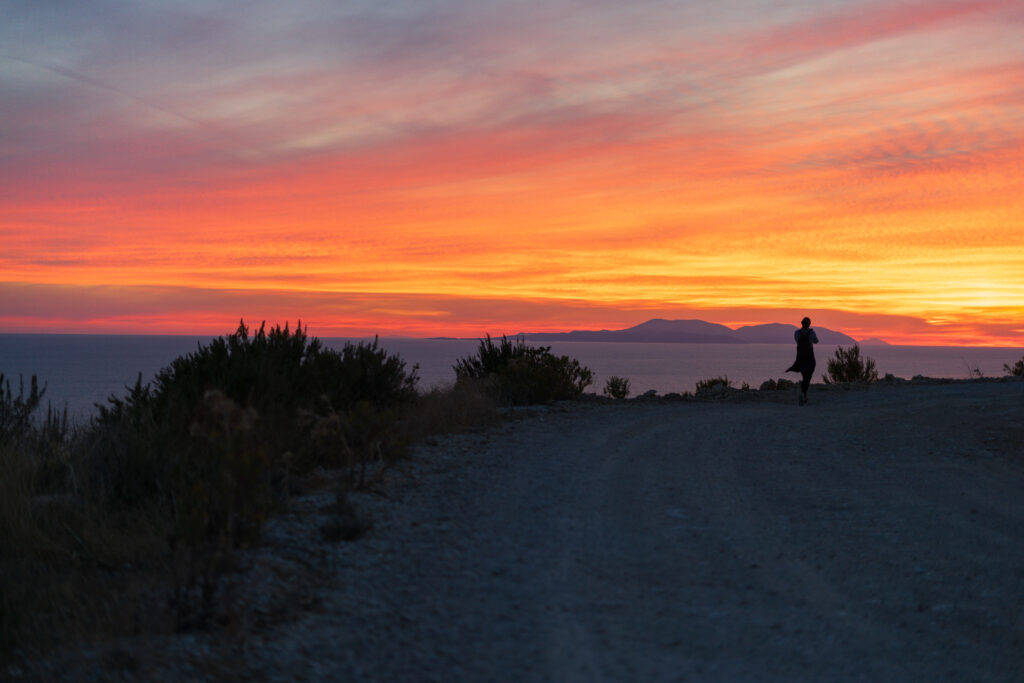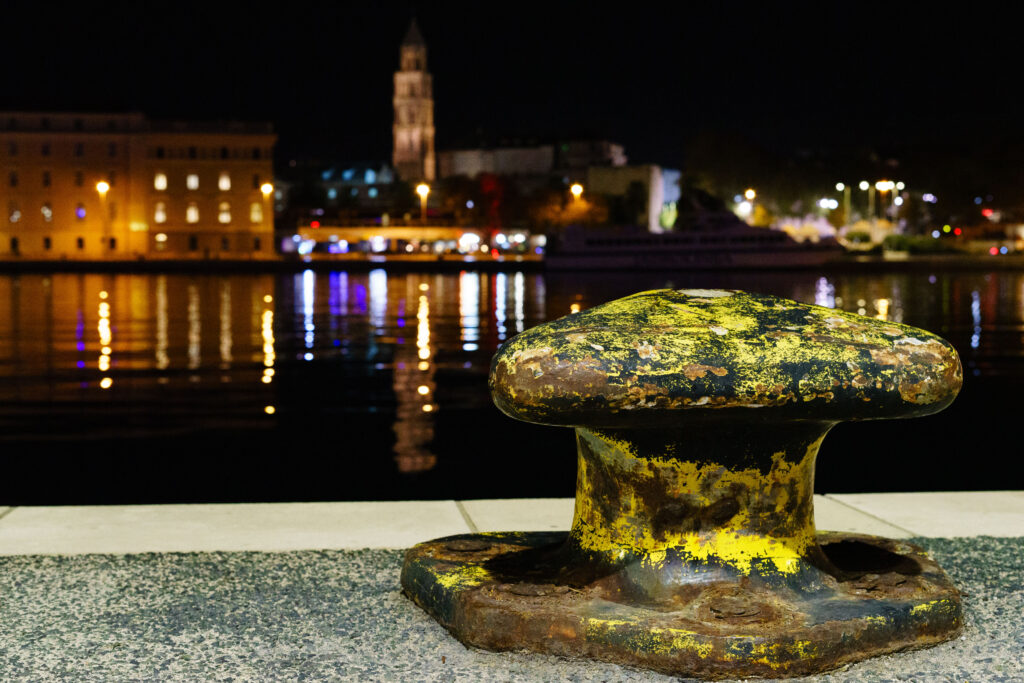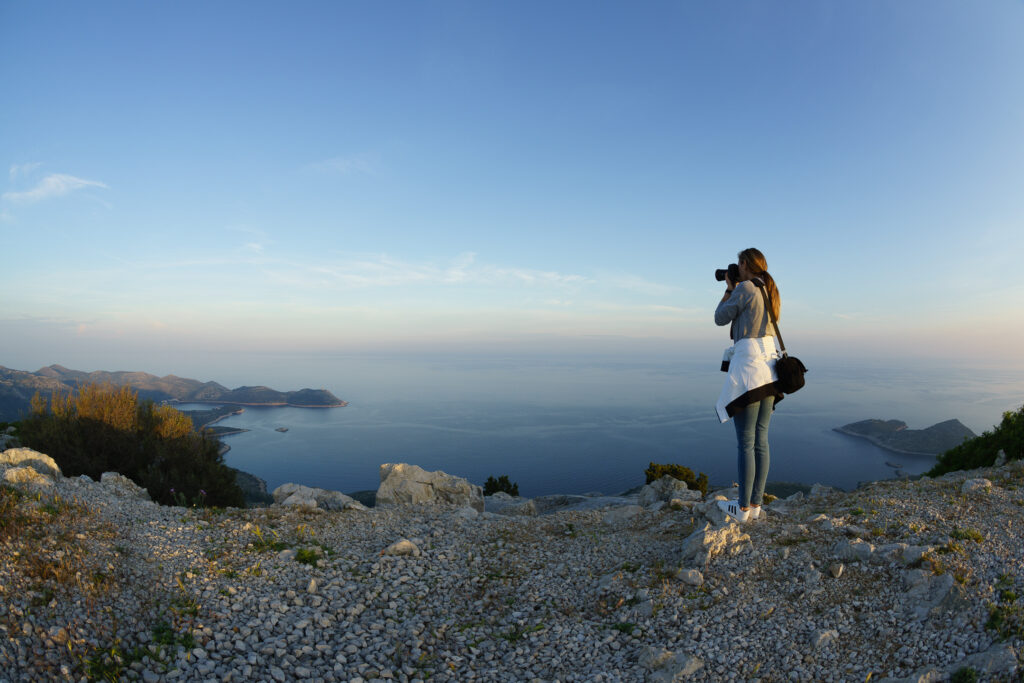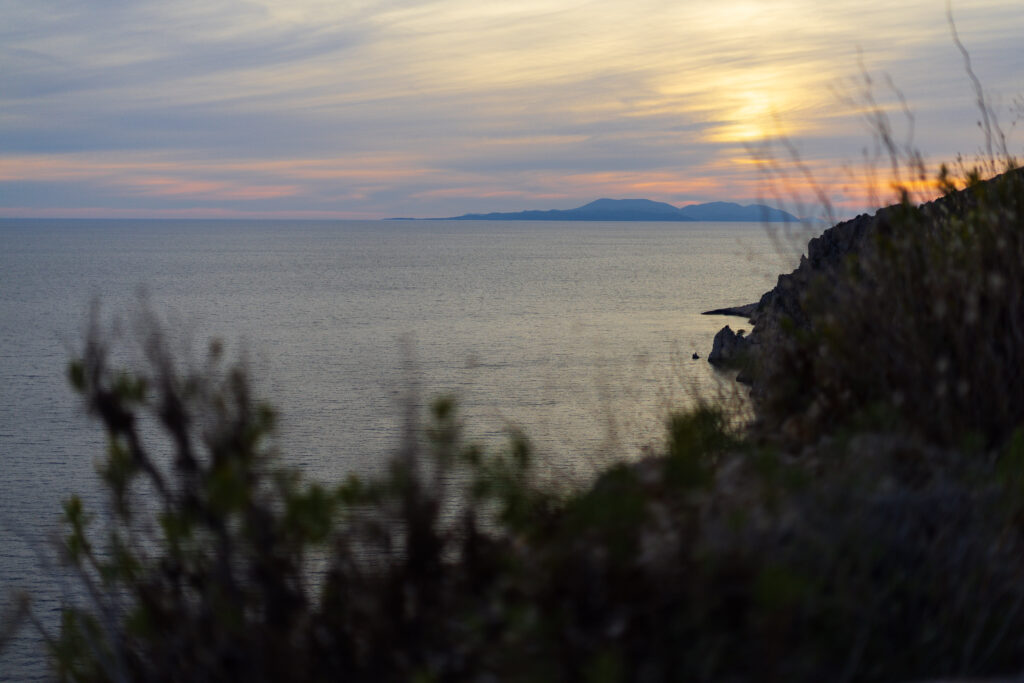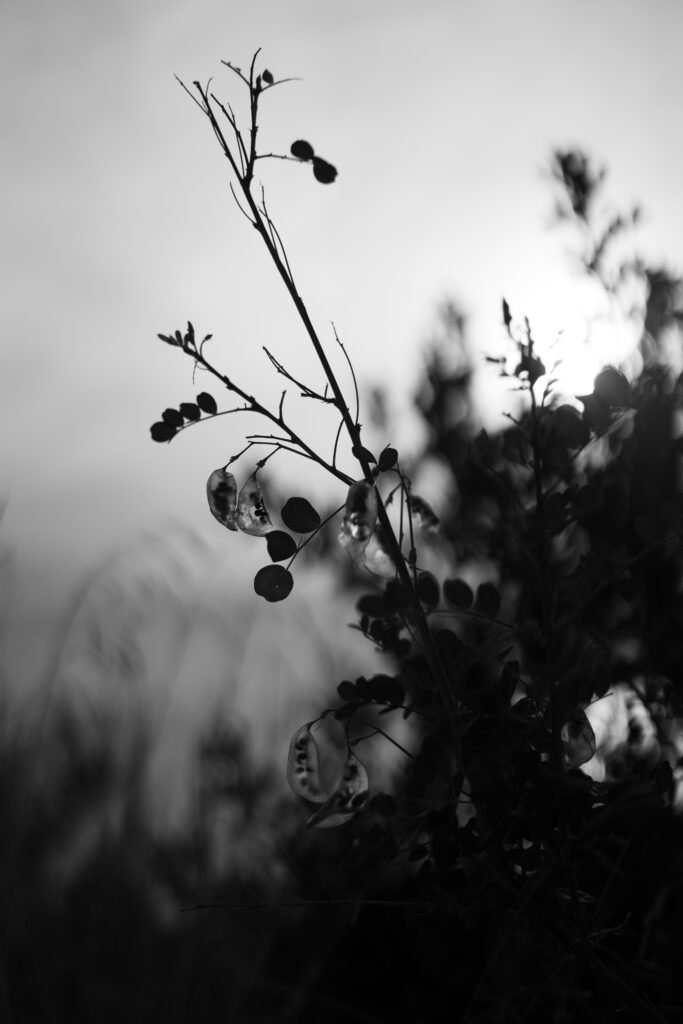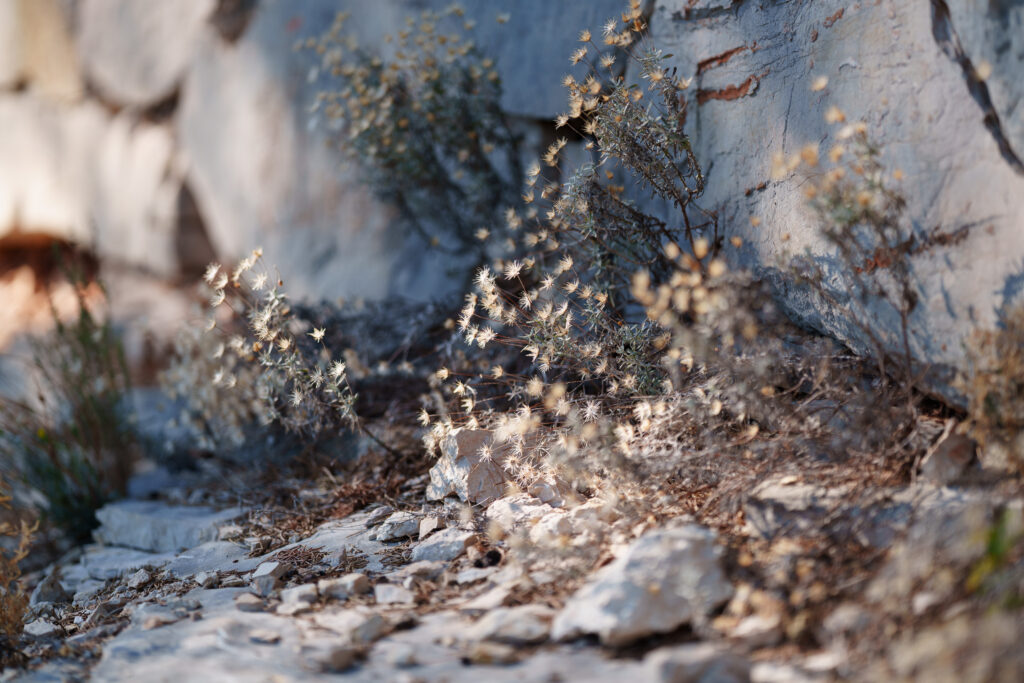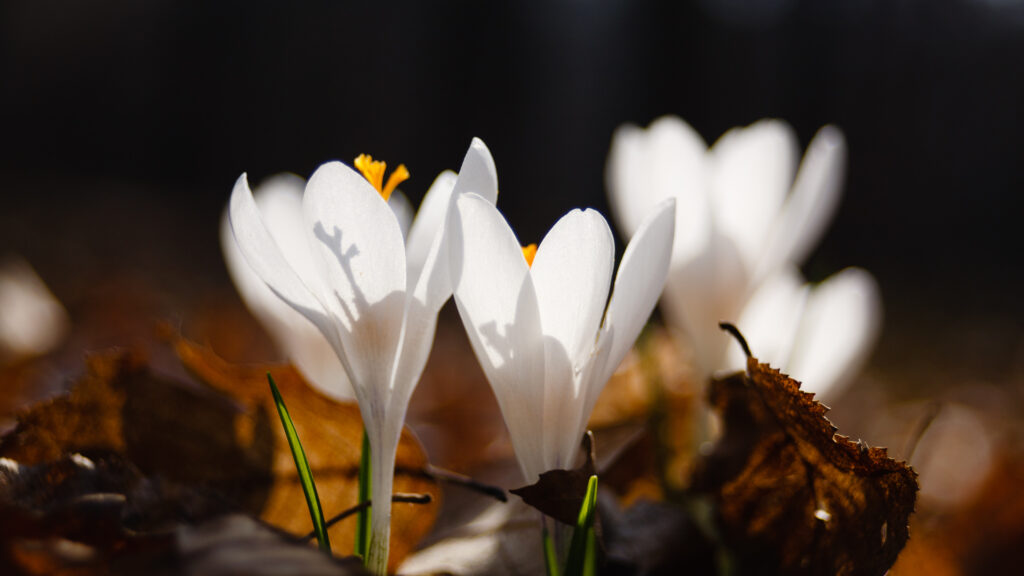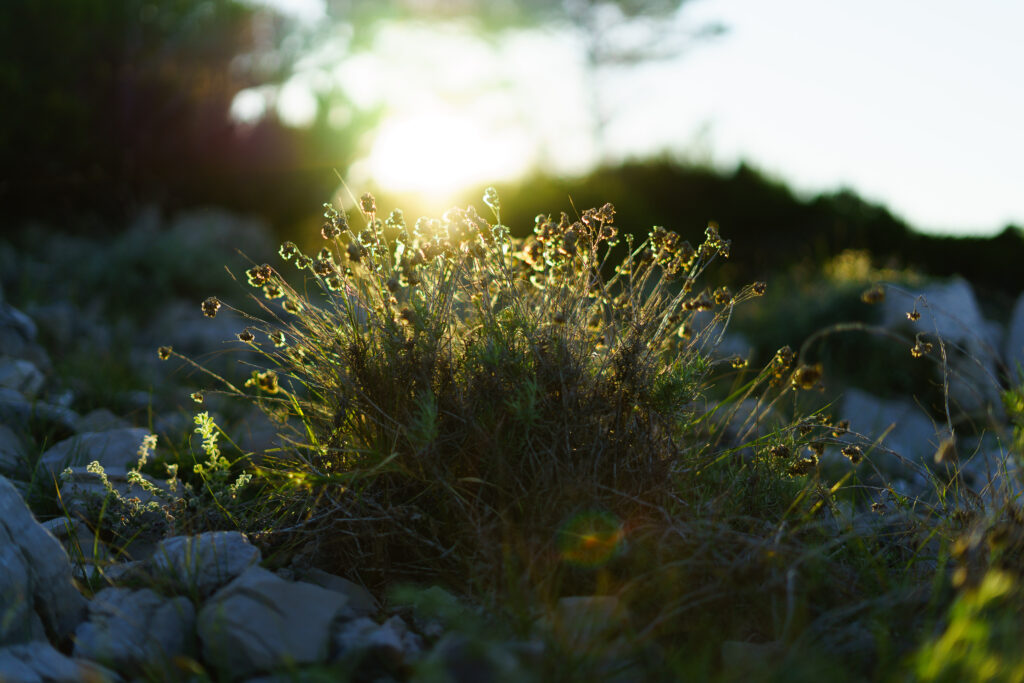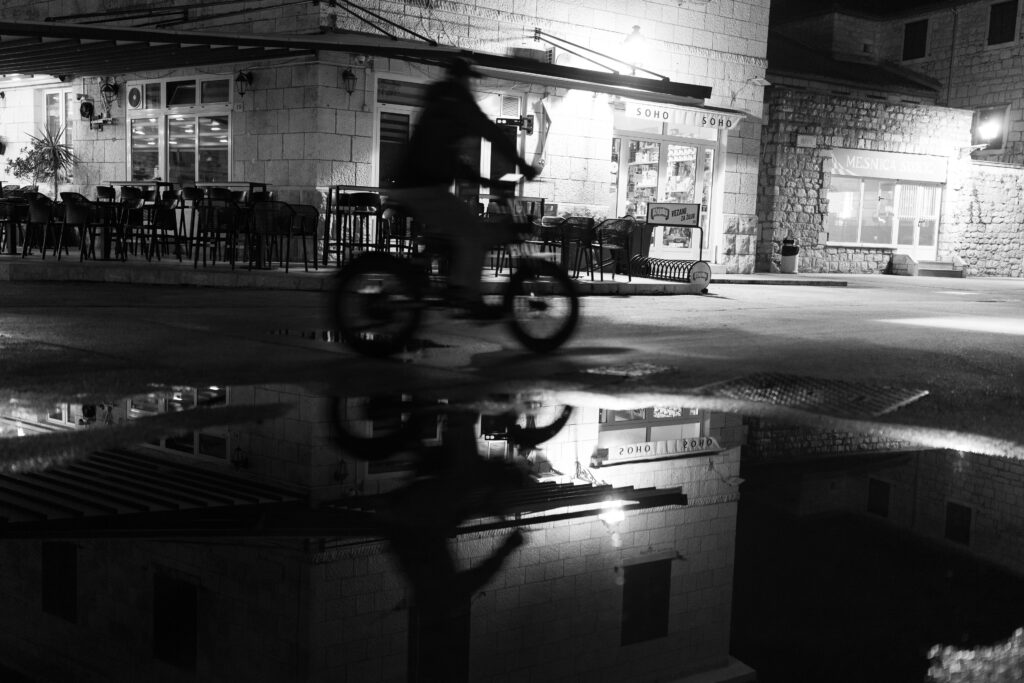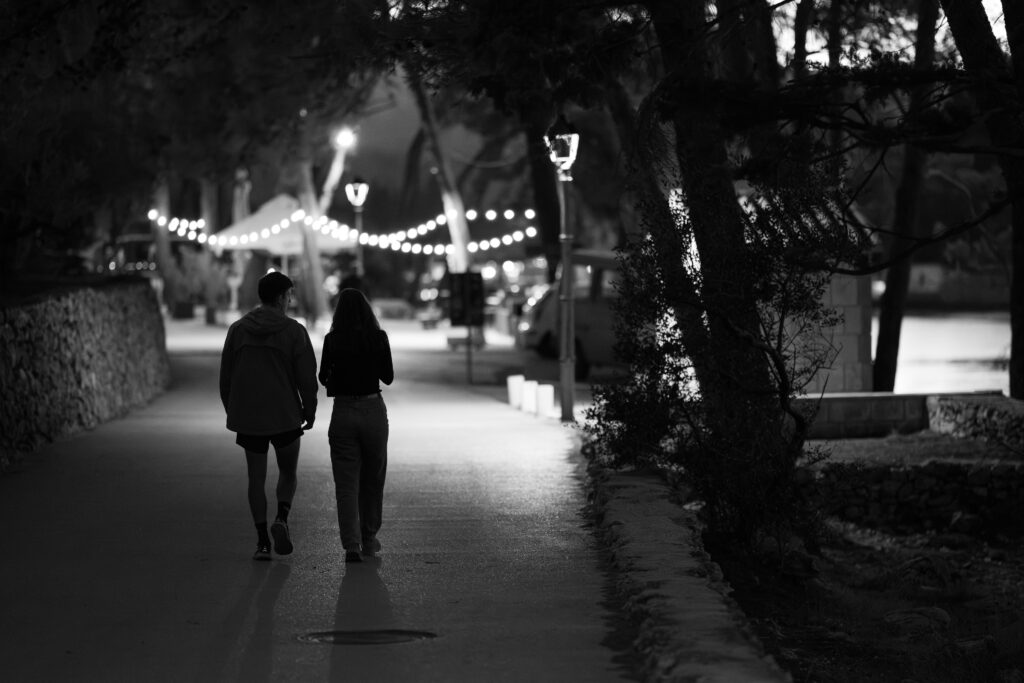The lessons from the Plitvička Jezera national park were interesting. We both took super excessive amounts of gear with us, and ended up using only the standard zooms, the 24-105mm f/4. I did use the 100-400mm telephoto for the first half an hour and I took two good pictures with it, one of which was at 100mm. The ultrawide zoom never left the bag. The fast primes never left the bag, and I was at f/8 for most of the hand-held shots, and f/11-f/16 for the tripod shots.
I initially thought that my thick Amazon polarising filter was vignetting at 24mm, but it turned out that it’s the lens problem when the geometry corrections were disabled in Lightroom, and I had them disabled by default. Weird, but better than having to manually fix the problem, I guess. Also, I guess I don’t have to replace the filter.
Both cameras did great. One would think that Biljana’s Canon RP would do worse than my Sony A7RV, but the image quality between them was indistinguishable. I guess if she wanted to print bigger than one meter in width she would encounter some issues, but other than that, she got excellent colours, resolution and general image look. Also, her camera is significantly lighter than mine, which helps a lot when you’re out taking pictures and hiking for hours on end. My Sony has advantages if you really have to rescue detail from the shadows and highlights, or if you are trying to take pictures of birds and the AI AF manages to lock on, but for the kind of shots we were getting, they were interchangeable. The RP has the sensor from the EOS 6d mk II, which was widely used as a wedding and nature photography camera and the images it produces are excellent, with great resolution and dynamic range, and very low noise. Since Biljana learned her craft on the original 5d, the RP is just improvements across the board. It doesn’t have IBIS, but the RF 24-105mm f/4L IS is stabilised optically so that was no issue either.
The only piece of equipment that gave us trouble was the camera mounting plate, which was small, almost square, with insufficient grip to the body, which made it rotate on the camera in vertical orientation, so we could either miss vertical shots altogether or try to support the camera’s weight during exposure so it wouldn’t rotate, which usually produced less than ideal results. I ordered L-brackets for both our cameras as soon as we returned home. That’s an interesting reality check – people would think about cameras, lens sharpness and even filter quality, but the only actual piece of gear that ruined our shots was the mounting plate.
We did both encounter flare and ghosting issues with our lenses, but considering how we shot in strong sunlight with sun basically in or around the frame for the first day, I think the lenses did fine.
My M4 Macbook Air was cooking itself and throttling in the hotel room while importing hundreds of 61MP shots, but in the end it did everything I asked it to do, with speed only being limited during the import phase. When I was actually editing, it was as fast as my Studio at home. I had issues with the Thunderbolt 4 cable disconnecting the storage drive a few times when I was working from the bed, and I’m not sure whether that was the cable, the drive or the Mac’s fault, but it was annoying. It was fine once I found a steady position that won’t strain the connectors. The NVME storage drive was of course very fast and worked great.
So, if all I needed was basically a 24-105mm f/4 lens and a normal camera, why do I have all that other stuff? Well, that’s because in other circumstances, like for instance yesterday, all I needed was the FE 135mm f/1.8 GM lens:
Some other day, all I will need will be the 35mm prime. Or a 90mm macro. Or a 100-400mm telephoto. Or an ultrawide. You get the picture. I have a lens not because I need every single one of them for every single occasion, but because I sometimes really really need it to do something, and that’s where I prefer to have it rather than say “damn, I wish…”. 🙂 There’s a reason why I internally call a standard zoom “a Plitvice lens”. It’s because my experience over the years showed that it’s what you need there, and you hardly need anything else. I just wish I didn’t carry all the rest of the stuff in my backpack like a pack mule the first day, “just in case”. 🙂
